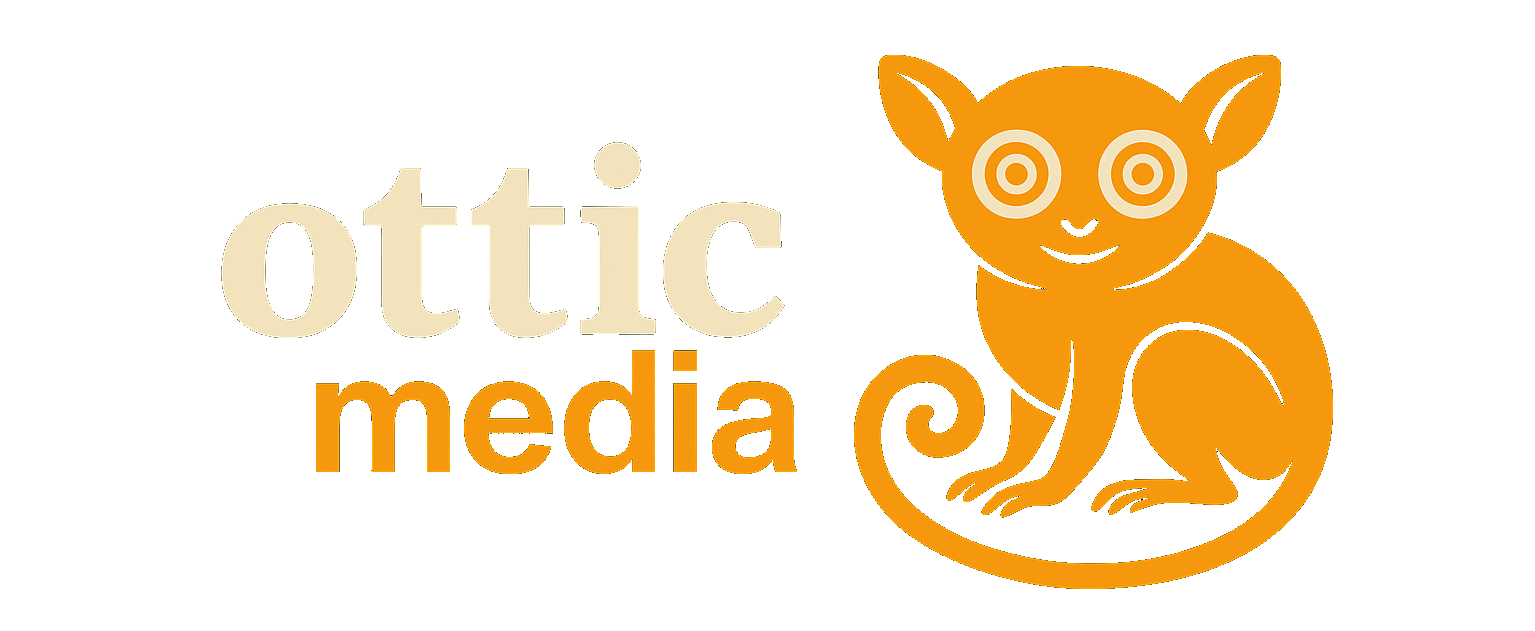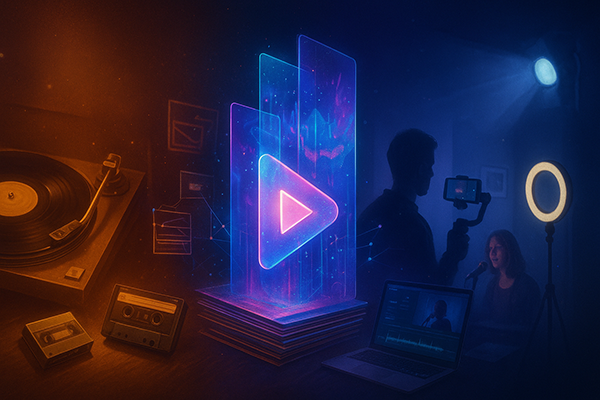The internet’s habit of rediscovering the past has reshaped how music is marketed. Labels are now greenlighting long-overdue music videos for tracks that came out years—even decades—ago. In a streaming-first world, the back catalog isn’t storage; it’s the storefront. When an older track surges on TikTok or slips into a high-traffic playlist, a new video supplies a fresh story, a legitimate news hook, and a bundle of visual assets for social feeds. The impact is measurable: when a classic track receives a polished video, day-one views can be massive and the halo lifts streams across the artist’s entire catalog. Backlist spending creates front-list momentum.
This is an economic correction as much as it is a creative one. New releases are risky; proven songs carry data. Labels are shifting budgets toward the sure thing—funding videos that feel less like disposable promos and more like visual retrospectives. High-profile directors and actors sign on not to reinvent the music, but to translate its cultural weight for new audiences. The music video, once a launch tool, is evolving into a curated artifact that renews attention and extends a song’s life.
There’s a practical playbook here for anyone running a small business or building a creator brand. Most of us have “catalog assets”: the how-to article from years ago that still ranks, the best-selling product that never got a proper demo, the customer story that quietly outperforms everything else. Treat those winners like hits. Invest in a hero video that reintroduces them on today’s terms, pair it with vertical cuts for Shorts and Reels, and time the release so you have a credible reason to email your list and pitch local press. The goal isn’t to modernize the substance; it’s to give algorithms a new doorway back to what already works. Track the right signals—lift to related pages, repeat purchases, brand search volume—because the real ROI often shows up around the main event, not just on the video itself.
Here’s the twist that opens a new lane for creators: as big labels pour budgets into catalog, many emerging artists are left without traditional video support. That gap is a business opportunity. The cost of production has plummeted thanks to AI-assisted tools that can handle storyboard drafts, shot lists, motion graphics, lip-sync cleanup, and even style transfers. A nimble creator or small studio can prototype concepts in a weekend, then elevate the best idea with a targeted live shoot. If labels are focused on yesterday’s hits, there’s real demand to build tomorrow’s visuals—fast, affordable, and good enough to spark discovery. Package that capability as a fixed-fee service with clear deliverables, and you become the partner new artists need when the old system looks the other way.
The same logic applies outside of music. A local bakery with a signature loaf can shoot a cinematic process video and a handful of snackable clips that reignite foot traffic. A service firm with an evergreen guide can publish a clean explainer, then refuel distribution with behind-the-scenes snippets and customer reactions. What matters is orchestration: a premiere moment, platform-native edits, and a landing page that connects the video to the broader catalog so the attention has somewhere to go.
If you take nothing else from this trend, take this: momentum compounds when you respect what already resonates. Build the new video, but point it at the proven asset. If you’re a creator, use AI to collapse costs and timelines so you can serve the artists and businesses being ignored by bigger budgets. And if you’re planning ahead, imagine your own “visual greatest hits”—a cohesive anthology that curates the stories behind your most enduring work. In the catalog era, the past isn’t a museum. It’s the most reliable engine for your next wave of growth.

